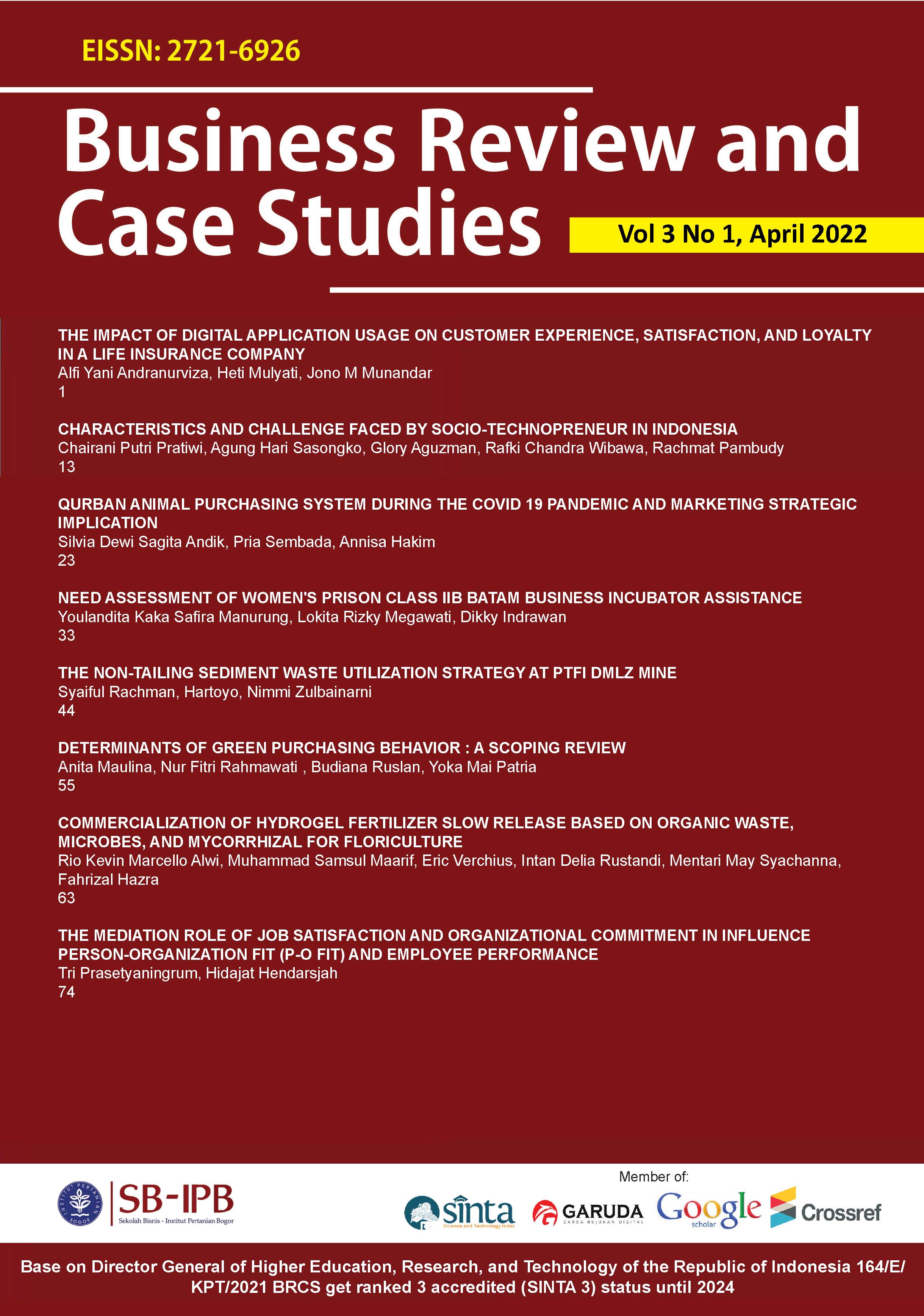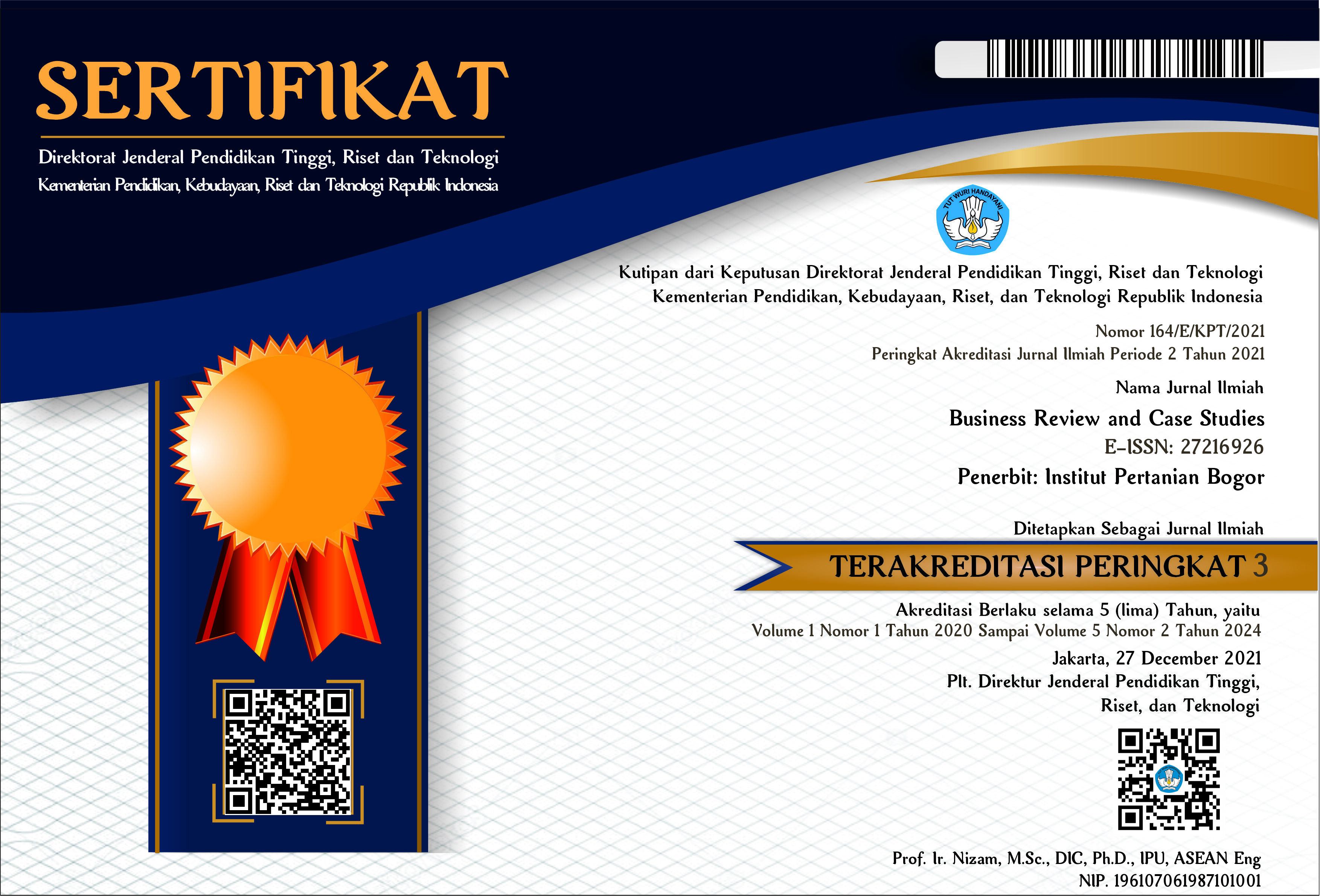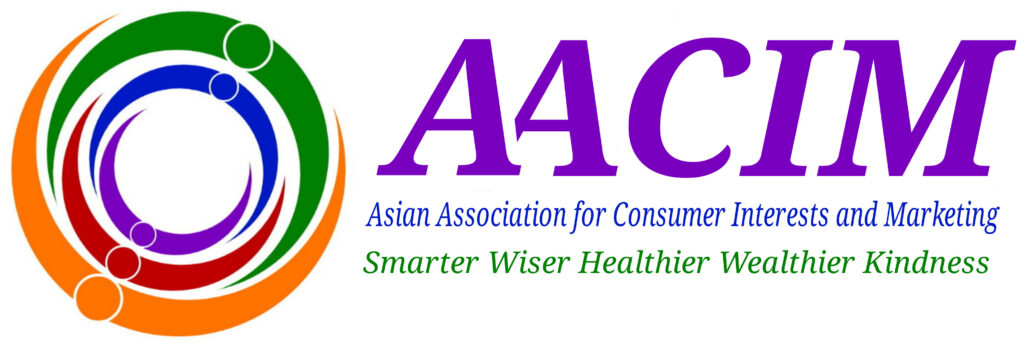The Non-Tailing Sediment Waste Utilization Strategy at PTFI DMLZ Mine
Abstract
Mining in PT. Freeport Indonesia (PTFI) produces tailing and non-tailing sediment waste. The purpose of the study is examining the financial feasibility analysis of managing non-tailings sediment waste through the conversion program of non-tailings sediment waste into concrete products and formulate the strategies of non-tailing sediment conversion program. Quantitative and qualitative methods are combined in this study. Capital budgeting method are used to examine financial feasibility analysis. IFAS, EFAS matrix and SWOT analysis are used for strategies formulation. Results of capital budgeting analysis have yielded a net present value (NPV) at a 9,4% discount rate of Rp12,1 billion for the conversion program of non-tailing waste, Net B/C result is greater than 1, suggesting that the project is viable from a financial standpoint. Sensitivity analysis has also demonstrated that the parameters with more significant influence on project NPV are concrete price, production cost, and sales volume. The non-tailings sediment conversion program is feasible because it provides greater economic, social, and environmental benefits when compared to non-tailings waste management using the landfilling method. The strategies that can be implemented to run the sediment waste utilization program are Strength- Opportunities strategies as follows: first is use a capital strong to access and apply the best technology, secondly increase the use of ready mix concrete made from non-tailing sediment waste for projects that require low Mpa concrete, the third, working with entities inside and outside PTFI to open the market for non-tailing sedimentary waste concrete products, and fourth utilizing good infrastructure and abundant sediment waste and fiber to diversify precast concrete products.
Keywords: aggregates, capital budgeting, financial feasibility analysis, non-tailing waste, strategy, SWOT








.jpg)






